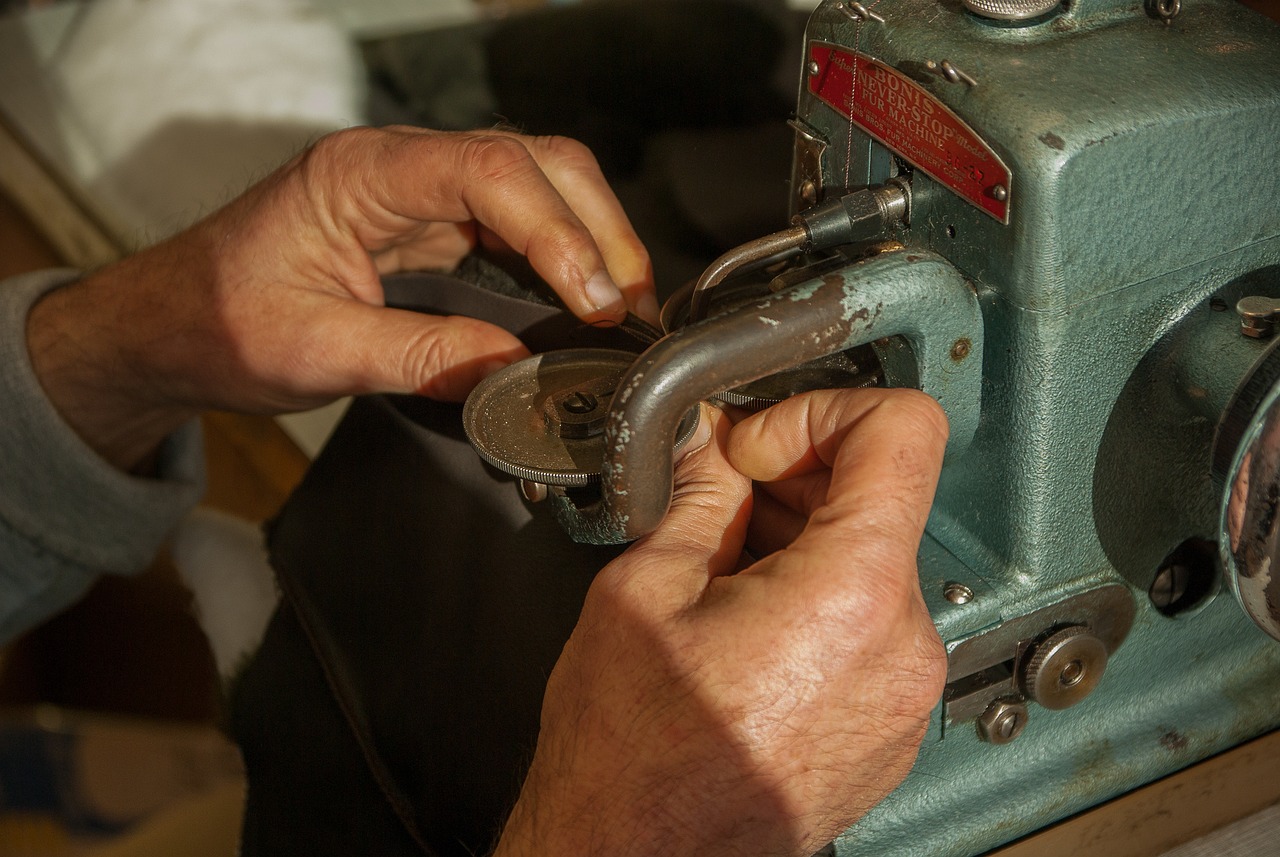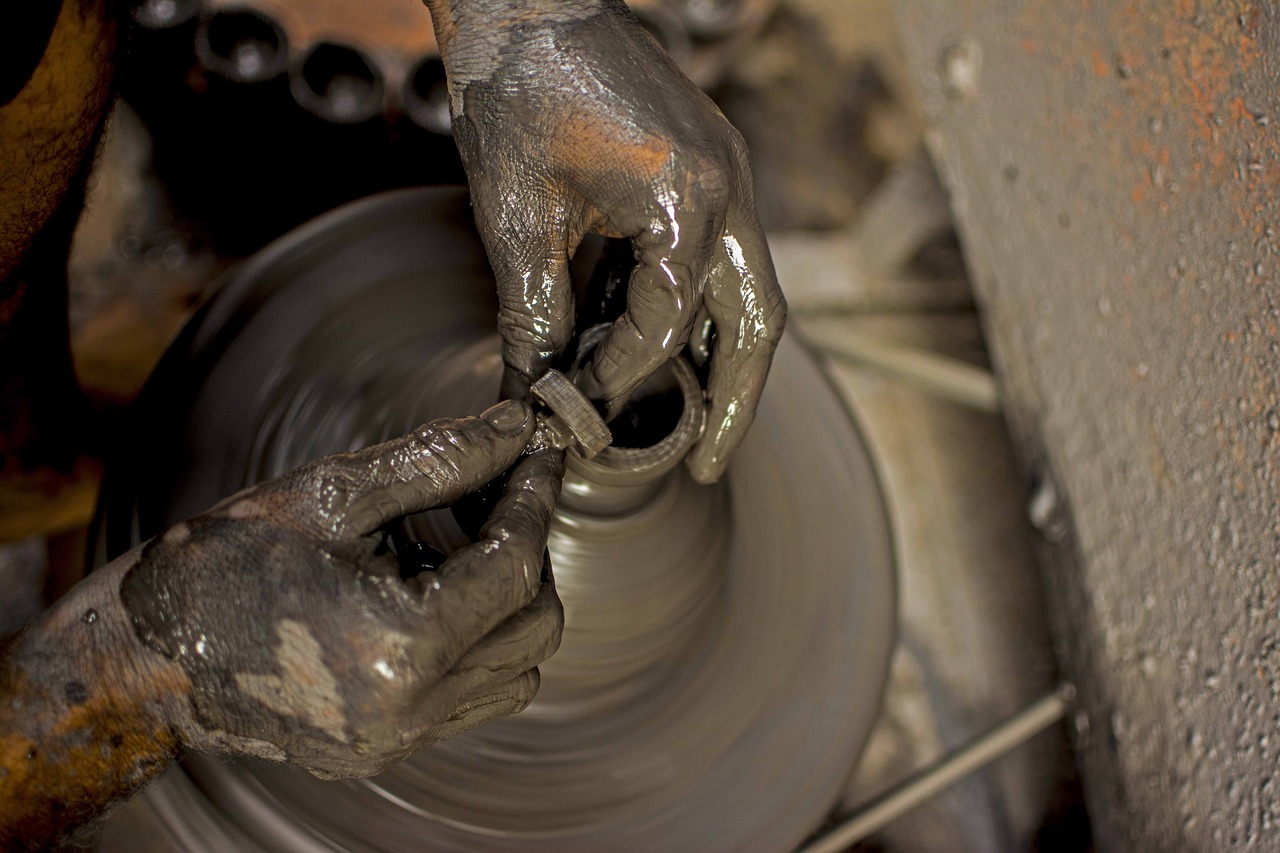The Importance of Local Artisans in Heritage Preservation
Local artisans play a crucial role in preserving heritage by upholding traditional craftsmanship that has been passed down through generations. Their dedication to preserving cultural traditions through their skills and knowledge is invaluable in maintaining the authenticity and richness of our heritage.

Preserving Traditional Techniques
Preserving traditional techniques is at the core of heritage preservation, as it involves safeguarding the time-honored practices and craftsmanship that define a culture's identity. Local artisans play a crucial role in this process by actively engaging in the practice and transmission of these techniques to future generations. Through hands-on training and mentorship, artisans ensure that ancient skills are not lost to time but rather continue to thrive and evolve.
One of the key aspects of preserving traditional techniques is the meticulous attention to detail that artisans exhibit in their work. Whether it's intricate embroidery, delicate pottery, or elaborate wood carving, each craft requires a deep understanding of the traditional methods and a commitment to upholding the quality standards set by previous artisans. By adhering to these techniques, artisans not only honor their heritage but also contribute to the continuity of cultural practices that have endured for centuries.
Moreover, the preservation of traditional techniques serves as a bridge between the past and the present, allowing communities to connect with their roots and appreciate the craftsmanship of their ancestors. Through workshops, demonstrations, and exhibitions, local artisans showcase the beauty and complexity of their craft, inviting others to learn and participate in the preservation efforts. This hands-on approach not only educates the public about traditional techniques but also instills a sense of pride and respect for the cultural heritage embedded in each artisanal creation.
Furthermore, the revival of traditional techniques by local artisans sparks creativity and innovation within the community. By adapting ancient practices to modern contexts and experimenting with new materials and tools, artisans breathe new life into age-old traditions, ensuring their relevance in a rapidly changing world. This dynamic interaction between tradition and innovation not only sustains the cultural legacy of a community but also fosters a spirit of resilience and adaptability among artisans.
In conclusion, preserving traditional techniques through the dedicated efforts of local artisans is essential for maintaining the rich tapestry of cultural heritage. By passing on their skills and knowledge to future generations, artisans ensure that the legacy of their ancestors continues to inspire and enrich the world. Through their commitment to excellence and tradition, artisans not only uphold the past but also shape the future of heritage preservation.

Reviving Endangered Crafts
Local artisans play a crucial role in reviving endangered crafts that are at risk of being lost to time. Through their dedication and expertise, these artisans breathe new life into traditional practices that hold significant cultural value. By meticulously honing their skills and passing down knowledge to future generations, these artisans ensure that endangered crafts continue to thrive and contribute to the rich tapestry of cultural heritage.
One of the key ways in which local artisans revive endangered crafts is by actively engaging with the community and raising awareness about the importance of preserving these unique traditions. By showcasing their craftsmanship and the cultural significance of their work, artisans inspire a renewed interest in these endangered crafts, sparking a revival that transcends generations.
Moreover, local artisans often collaborate with heritage institutions and organizations to create platforms for showcasing and promoting endangered crafts. These partnerships not only provide artisans with opportunities to exhibit their work but also enable them to connect with a wider audience, fostering a greater appreciation for the intricate artistry and cultural heritage embedded in these crafts.
Through their tireless efforts in reviving endangered crafts, local artisans serve as custodians of cultural traditions, ensuring that these invaluable practices are preserved for future generations to cherish and celebrate. Their passion and dedication to reviving endangered crafts are instrumental in safeguarding our cultural heritage and maintaining a vibrant legacy of artistic expression.

Community Engagement and Empowerment
This article explores the significant role local artisans play in preserving heritage through their traditional craftsmanship, skills, and knowledge passed down through generations.
Community engagement and empowerment are vital aspects of heritage preservation projects involving local artisans. By actively involving community members in the preservation efforts, artisans create a sense of ownership and pride within the community. This engagement fosters a deeper connection to the cultural heritage being preserved, instilling a sense of responsibility for its conservation.
Moreover, empowering local artisans through heritage projects not only enhances their skills and knowledge but also boosts their confidence and self-worth. By recognizing and celebrating the expertise of these artisans, communities can uplift and empower individuals, creating a ripple effect of positive change.
Collaboration between artisans and community members further strengthens social bonds and unity, fostering a shared vision for preserving cultural heritage. Through joint efforts and shared experiences, communities become actively involved in safeguarding their traditions, ensuring their continuation for future generations.
Additionally, community engagement in heritage preservation projects opens up avenues for educational opportunities, as artisans pass on their knowledge to younger generations. This transfer of skills not only preserves traditional techniques but also creates a sense of intergenerational connection and continuity within the community.
In essence, community engagement and empowerment are essential components of heritage preservation initiatives involving local artisans. By involving and empowering community members, artisans not only ensure the sustainability of their craft but also promote a sense of unity, pride, and shared responsibility for preserving cultural heritage.
Stay tuned for the Frequently Asked Questions section coming soon!

Sustainable Practices
Sustainable practices are at the core of local artisans' craftsmanship, as they strive to preserve cultural heritage while minimizing environmental impact. These artisans often utilize traditional methods that have stood the test of time, emphasizing the use of natural materials and eco-friendly techniques. By incorporating sustainable practices into their work, local artisans not only contribute to heritage conservation but also promote environmental stewardship within their communities.

Economic Opportunities for Artisans
Local artisans involved in heritage preservation projects not only play a crucial role in safeguarding cultural traditions but also benefit from various economic opportunities that arise from their craftsmanship. By engaging in the preservation of heritage, artisans open doors to sustainable livelihoods and contribute significantly to the local economy.
Through their traditional skills and expertise, artisans can create unique handmade products that hold cultural significance, attracting both local and international markets. This not only generates income for the artisans but also promotes the cultural heritage of the community, adding value to their craft.
Moreover, heritage preservation projects often provide training and capacity-building opportunities for artisans, enhancing their skills and expanding their market reach. Collaborating with heritage institutions and organizations can further increase visibility and access to potential customers, creating a sustainable market for their products.
By tapping into economic opportunities through heritage preservation, local artisans can diversify their sources of income and reduce dependency on seasonal or fluctuating markets. This stability allows artisans to invest in their craft, improve working conditions, and support their families, leading to overall economic empowerment within the community.

Collaboration with Institutions
Collaboration with institutions is a crucial aspect of heritage preservation, as it enables local artisans to access resources, expertise, and platforms for showcasing their traditional crafts. By partnering with museums, cultural centers, and educational institutions, artisans can not only gain visibility for their work but also benefit from research opportunities and skill development programs. This collaboration fosters a symbiotic relationship where institutions support artisans in preserving traditional techniques while artisans contribute to enriching the cultural landscape through their craftsmanship.

Challenges Faced by Local Artisans
Local artisans face a myriad of challenges in their efforts to preserve heritage through their traditional craftsmanship. One significant challenge is the lack of resources available to support their work. Many artisans struggle to access quality materials, tools, and workspace, hindering their ability to create and preserve traditional crafts effectively. Additionally, the recognition of local artisans and their contributions to heritage preservation is often limited, leading to a lack of appreciation for their skills and knowledge.
Another challenge that local artisans encounter is the limited market access for their products. Despite producing unique and culturally significant crafts, artisans may face difficulties in reaching wider audiences and securing sustainable markets for their work. This lack of market visibility can impact the economic sustainability of artisans and threaten the continuity of traditional crafts.
The transmission of traditional knowledge and skills to the younger generation poses a significant challenge for local artisans. As modernization and globalization influence societal preferences and lifestyles, the interest in traditional crafts among the youth may diminish. This shift in interest could result in a loss of intergenerational knowledge transfer, jeopardizing the continuity of heritage preservation efforts.
Furthermore, environmental factors such as climate change and natural disasters can pose challenges to local artisans engaged in heritage preservation. The impact of environmental disruptions on the availability of natural resources used in traditional crafts can disrupt production processes and threaten the sustainability of artisanal practices.
In addressing these challenges, it is essential to raise awareness about the importance of supporting local artisans in heritage preservation. By overcoming barriers such as resource limitations, lack of recognition, market access constraints, and environmental vulnerabilities, communities can ensure the continuity of traditional crafts and the preservation of cultural heritage for future generations.

Future Prospects and Recommendations
This article explores the significant role local artisans play in preserving heritage through their traditional craftsmanship, skills, and knowledge passed down through generations.
Looking ahead, the future prospects for local artisans in heritage preservation are promising yet challenging. To ensure the sustainability of their craft and the preservation of cultural heritage, it is essential to implement the following recommendations:
- Skills Training Programs: Establishing training programs to pass on traditional skills to younger generations and ensure the continuity of craftsmanship.
- Market Access Support: Providing local artisans with opportunities to showcase and sell their products through partnerships with local markets, online platforms, and artisan fairs.
- Financial Assistance: Offering financial support through grants, microloans, or crowdfunding initiatives to help artisans invest in materials, tools, and infrastructure.
- Collaborative Initiatives: Encouraging partnerships between artisans, government agencies, NGOs, and cultural institutions to create a supportive ecosystem for heritage preservation.
By implementing these recommendations, local artisans can not only preserve their traditional crafts but also thrive in a rapidly changing world while contributing to the rich tapestry of cultural heritage.
Stay tuned for answers to common questions about the role of local artisans in heritage preservation.
Frequently Asked Questions
- What is the role of local artisans in heritage preservation?
Local artisans play a crucial role in heritage preservation by utilizing their traditional craftsmanship, skills, and knowledge to safeguard cultural heritage for future generations.
- How do local artisans contribute to reviving endangered crafts?
Local artisans contribute to reviving endangered crafts by actively practicing and passing on traditional techniques, thereby ensuring the continuity of unique cultural practices and traditions.
- What are the benefits of community engagement with local artisans?
Community engagement with local artisans fosters a sense of pride in cultural identity, empowers the community, and strengthens the bond between heritage preservation and local traditions.
- What sustainable practices do local artisans employ in their craft?
Local artisans promote environmentally friendly methods and materials in their craft, ensuring long-term heritage conservation and contributing to sustainable practices in the industry.
- How do heritage preservation projects create economic opportunities for artisans?
Heritage preservation projects provide economic opportunities for local artisans through supporting their livelihoods, boosting the local economy, and recognizing the value of their cultural contributions.



















